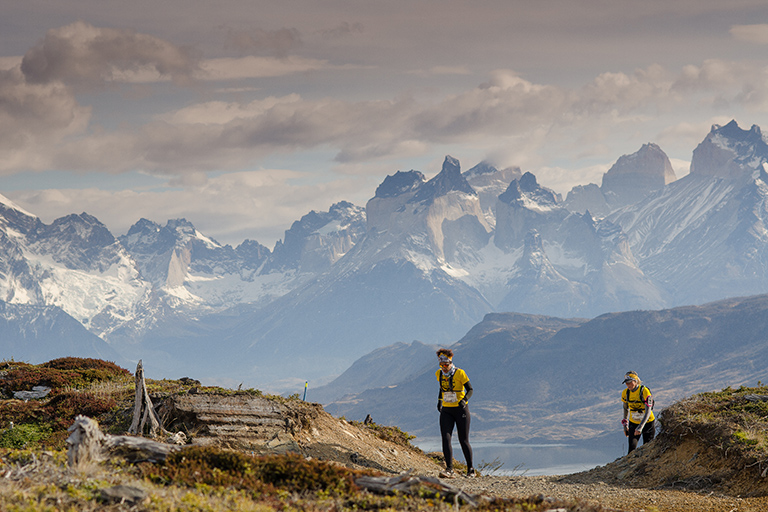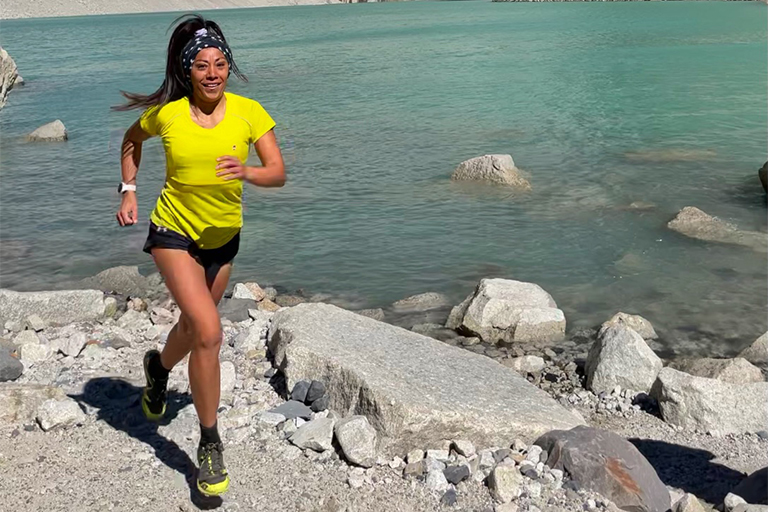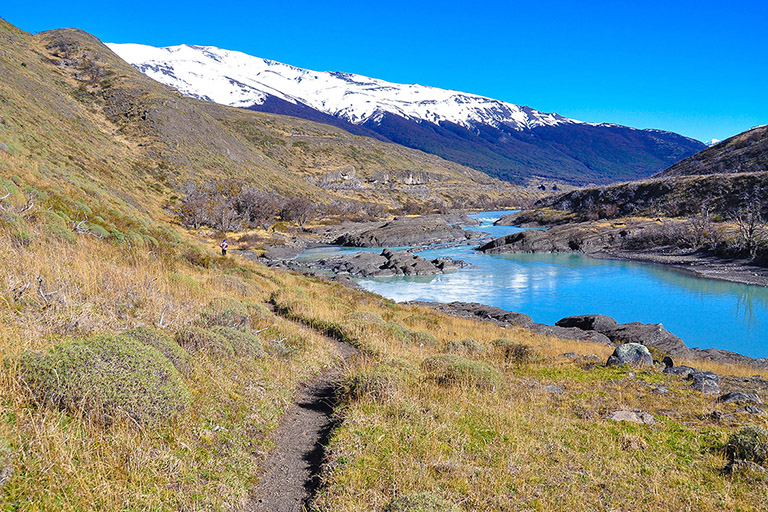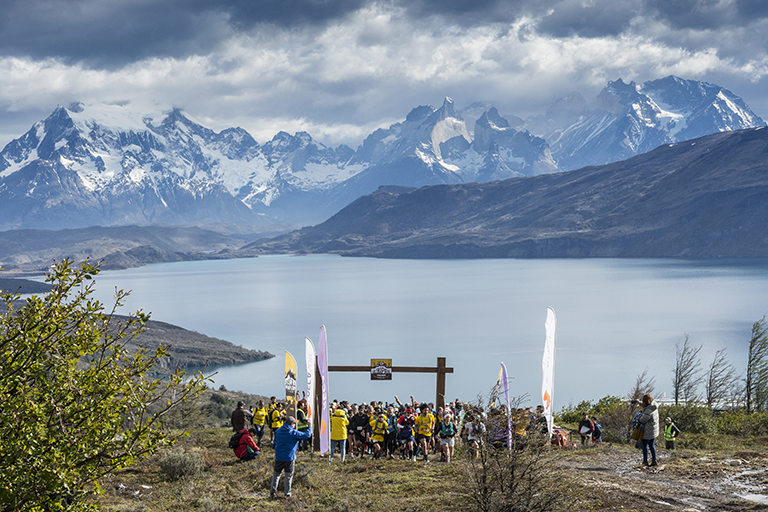Do you love running in nature? Would you like to feel energized and captivated by Torres del Paines’s beautiful landscapes? This internationally recognized destination hosts one of the most important trail running tournaments. The Ultra Paine is for experts and amateurs alike, but it is up to you to accept the challenge. We have some tips to motivate you.
Patagonia’s geography, offering a wide range of competitive and non-competitive sports opportunities, will never cease to amaze. Those who are able to develop a discipline, such as trail running or trekking, in one of southern Chile’s national parks are truly privileged.
What is Trail Running?
Many runners wait until the weekend to hit the asphalt, finding a nearby park or hill to connect with nature, amidst city noises, in a healthy way.
Trail Running has come to Chile to stay as more and more people take up running in unique natural habitats, like forests, hills, mountains and boulder fields.
Individuals take trail running more seriously when they are offered opportunities to travel, join groups, race or complete long distances. For example, Ultra Paine offers seven, fourteen, twenty-one, thirty-five, forty-two, fifty, eighty and 125 kilometer routes.
Trail Running Benefits
Like any sport, it helps maintain a healthy body. Among the benefits are burning calories, weight control, improving blood oxygen levels by pumping more oxygen to the muscles, improving performance, increasing cardiovascular and pulmonary capacity, sleep regulation and more.
Torres del Paine’s Great Race
The Ultra Paine, one of the most important trail running races, arrived to Torres del Paine after postcards of its unique landscapes stunned runners around the world. Participants from more than thirty-five countries, multiplying media coverage since the first edition in 2014, flocked to the amazing place for a new challenge.
If you are interested in Ultra Paine’s eighth edition, taking place on September 23 to 25, with thrilling distances ranging from 125, eighty, fifty, forty-two (a marathon), thirty-five and twenty-one (a half marathon) kilometers, there is still time to sign up. Seven and fourteen kilometer distances will be available within Las Torres Reserve.
With this event in mind, we designed tailored-made programs that will allow you to enjoy the national park during the race. Transfers will be available at starting points and finishing lines.
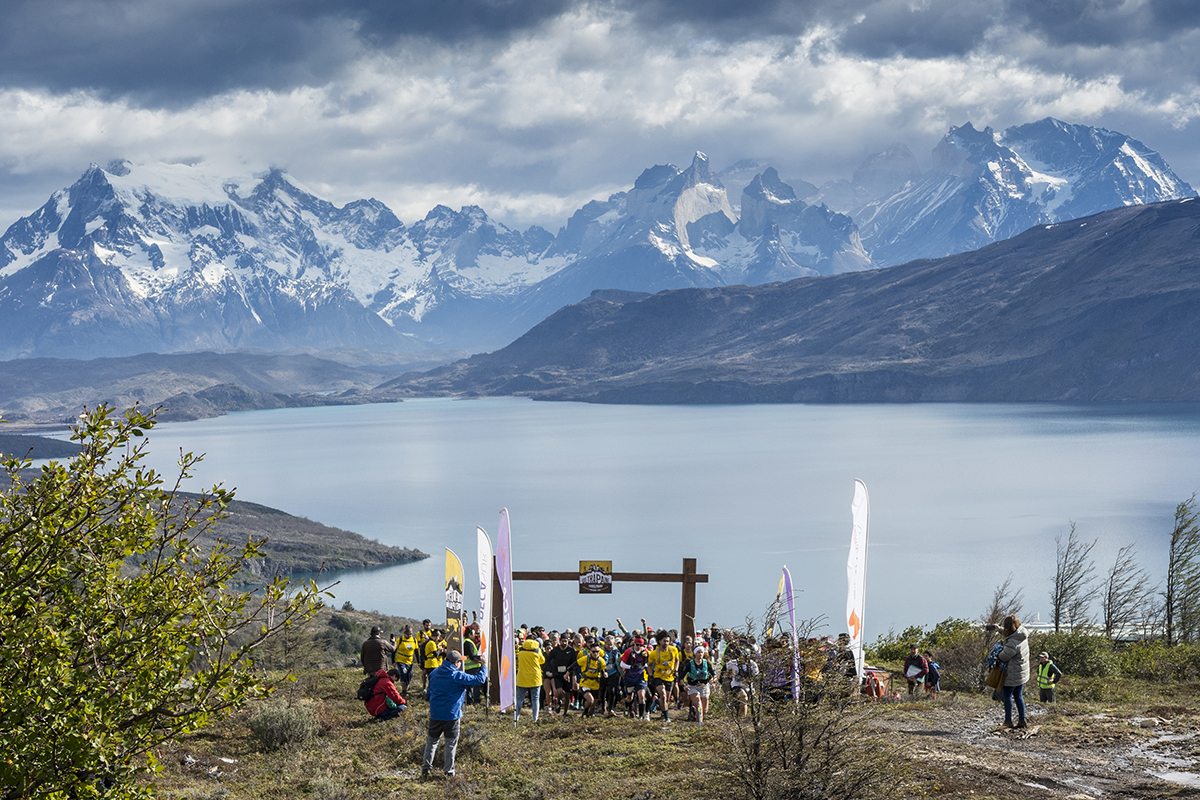
We spoke with Cindy Ramírez, a trail runner who has run the Ultra Paine on more than five occasions, to learn more about how to prepare oneself physically for a race.
The Home of the Puma Welcomes “La Pantera Ramírez”
Cindy, who lives in a town called Cabildo, located in the Valparaíso Region, is a Chilean through and through. She loves challenges, has a brave spirit, smiling soul and strong legs that do not stop running.
Why do they call you, “La Pantera Ramírez?”
I’m wise, fast and consistently attack at the end of races. At first, I’m a bit slow.
I started running on the street, doing twenty-one kilometers. I didn’t know much about trails until I saw an ad about doing a thirty kilometer hill run. I was naive at the time, and it took me five hours. From the start, trail running fascinated me, and I realized that it was just what I was looking for. Thanks to this sport, I have been able to visit many new places in nine years.
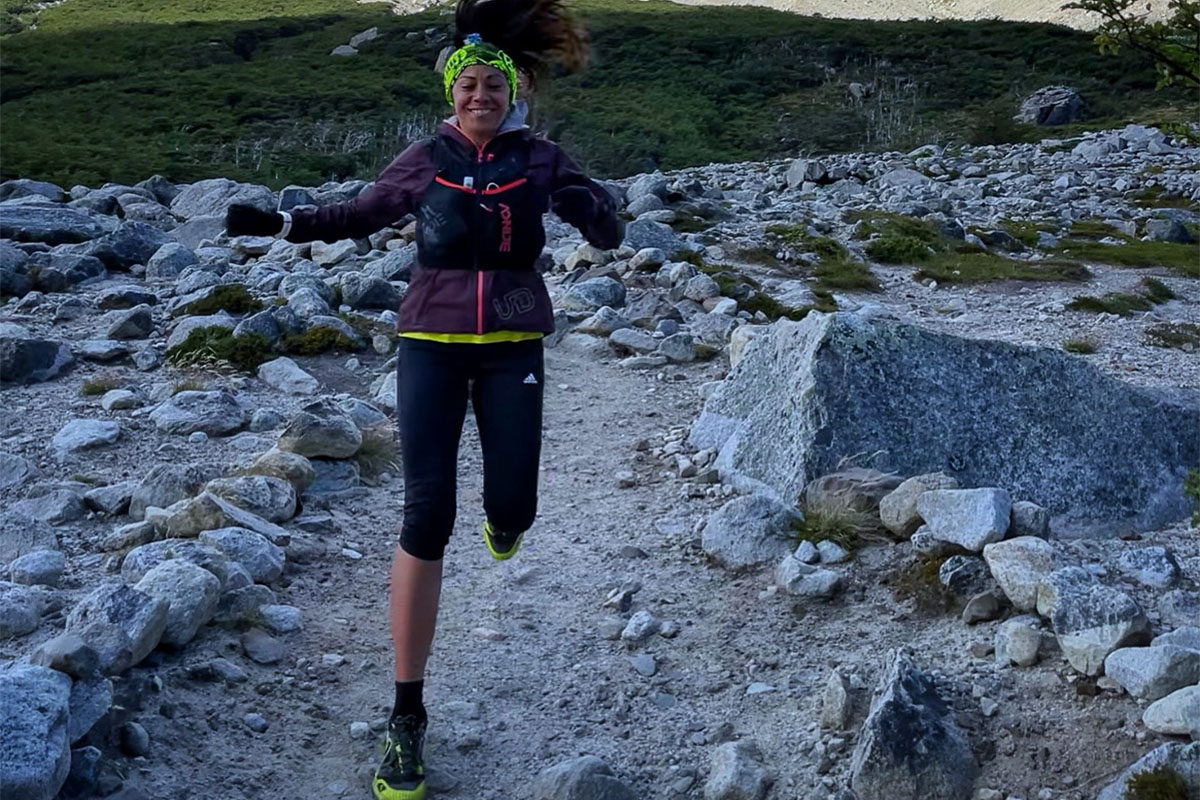
What is trail running to you? What does it feel like running in Torres del Paine?
Trail running takes place on outdoor trails for any amount of time and distance. There are high or pure mountain races and more. At Ultra Paine, we are going to face an incredible backdrop, see Los Cuernos and Torres peaks, as well as lakes and lenga forests, starting at dawn. I am particularly excited for the autumn colors.
What are your recommendations for the Ultra Paine?
For those who don’t play sports and want to run the Ultra Paine, do it! Visit a precious corner of Chile. There are various distances, and you can start with the shortest, seven to fourteen kilometers. Go at your own pace, starting with five to ten kilometer walks. People who do not assiduously practice sports can begin by integrating some basic physical conditioning into their week, such as squats and abdominals, going little by little.
Choose garments with waterproof, breathable fabrics that allow you to keep you dry and regulate body temperature. Wear leggings to protect your legs from obstacles, like thorny bushes.
Hydration is important before and during a race. There are check points every five kilometers to re-fill bottles with isotonic water. Plastic cups are not permitted.
Carbohydrate intake is important. Cooked potatoes and rice work best for me. The four days before a race, I consume a lot. During a race, I snack on energy bars and sweets.
Sneakers, not the smooth, street ones, are essential. Their soles should have an adhesive grip and cushion to mitigate slipping and impact. Most importantly, they should be comfortable!
Equipment: You must have a compact hydration backpack. The one shown in the picture has extra compartments in which you can store a thermal jacket, raincoat, windbreaker, gloves, bottles and food.
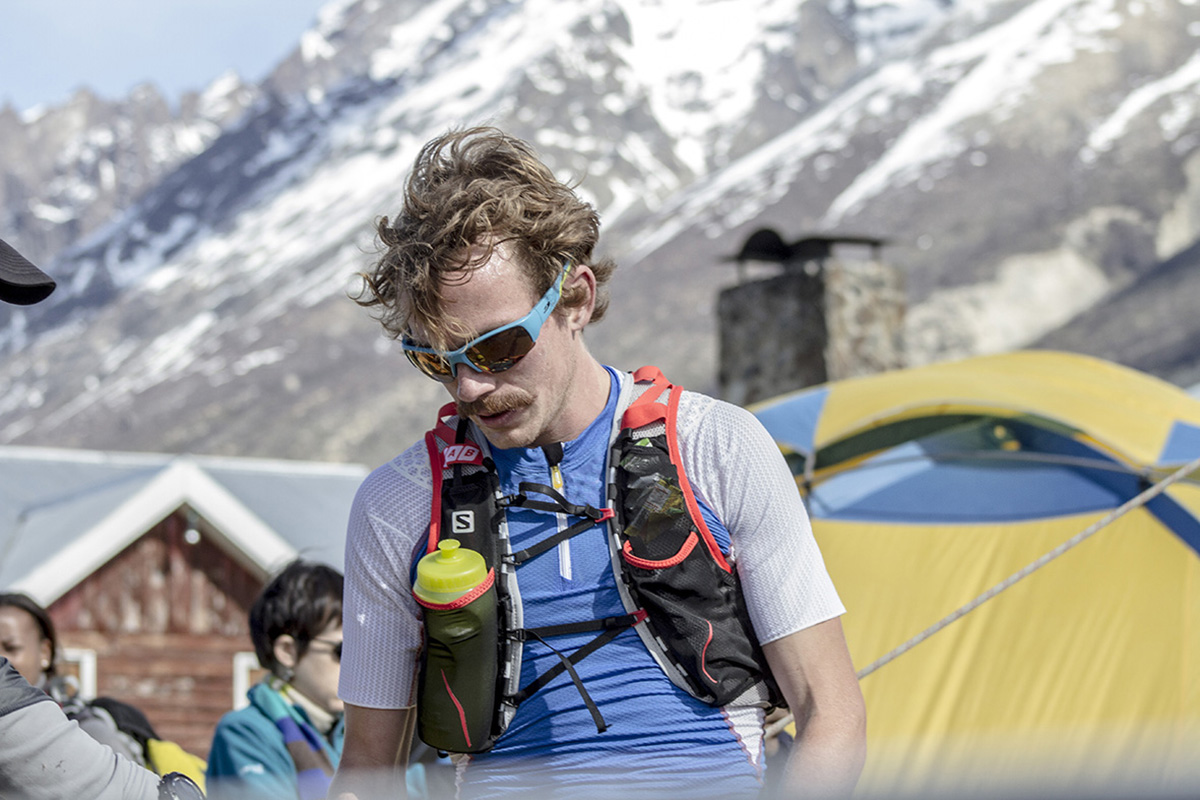
What is the duration of the race?
You can go at your own pace, taking into account personal goals for how fast you want to complete certain distances. For example, 120 kilometer races can take between twenty to twenty-four hours, requiring more supplies and equipment. Last year, I ran eighty kilometers in eleven hours.
What advice do you have for after a race?
Long distances at high altitudes on diverse terrain cause a lot of muscle strain. After a race, I recommend doing a light, cool-down jog, stretching your whole body, taking a shower with hot and cold water and getting a massage. If you continue to feel any muscle soreness, I recommend doing cycling sessions.
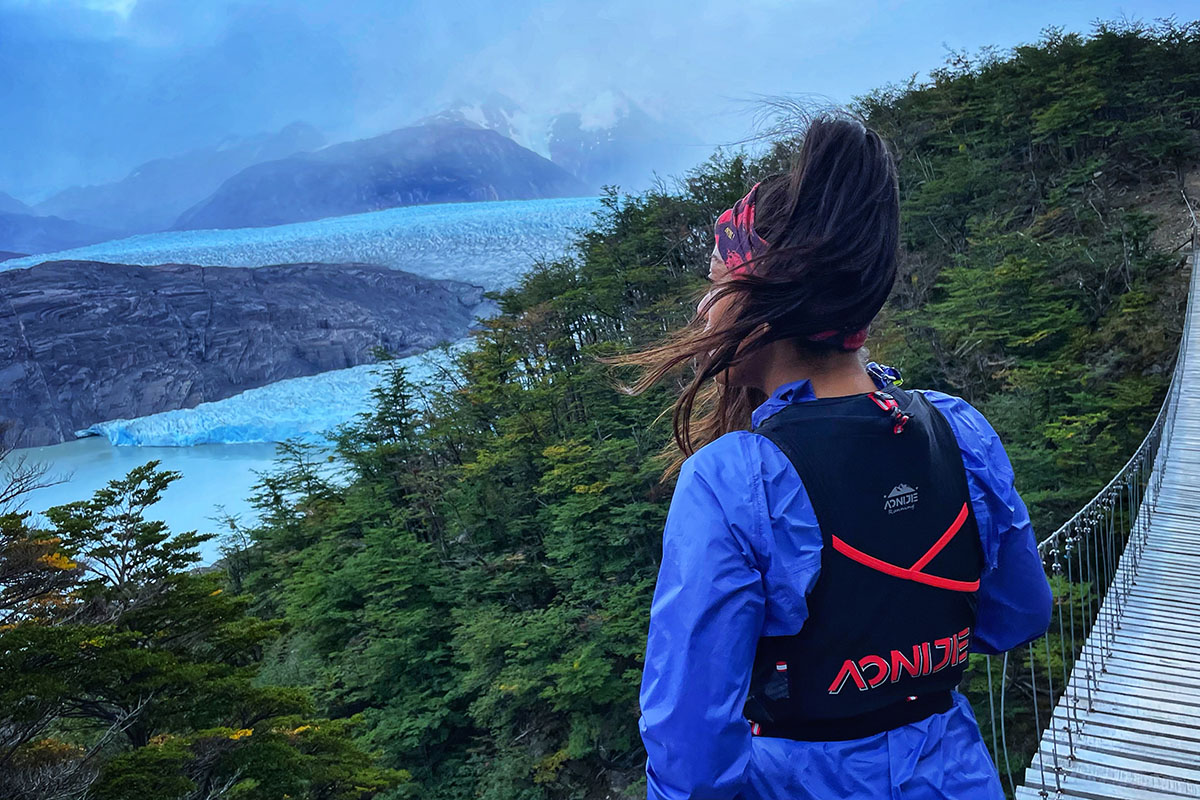
If you choose to participate in September’s race, these tips will help enhance your performance or, hopefully, motivate you to learn more about trail running! For more information, please contact us at Whatsapp +56 9 8357 9064.
Remember to follow us on social media: Facebook, Instagram and Twitter.
